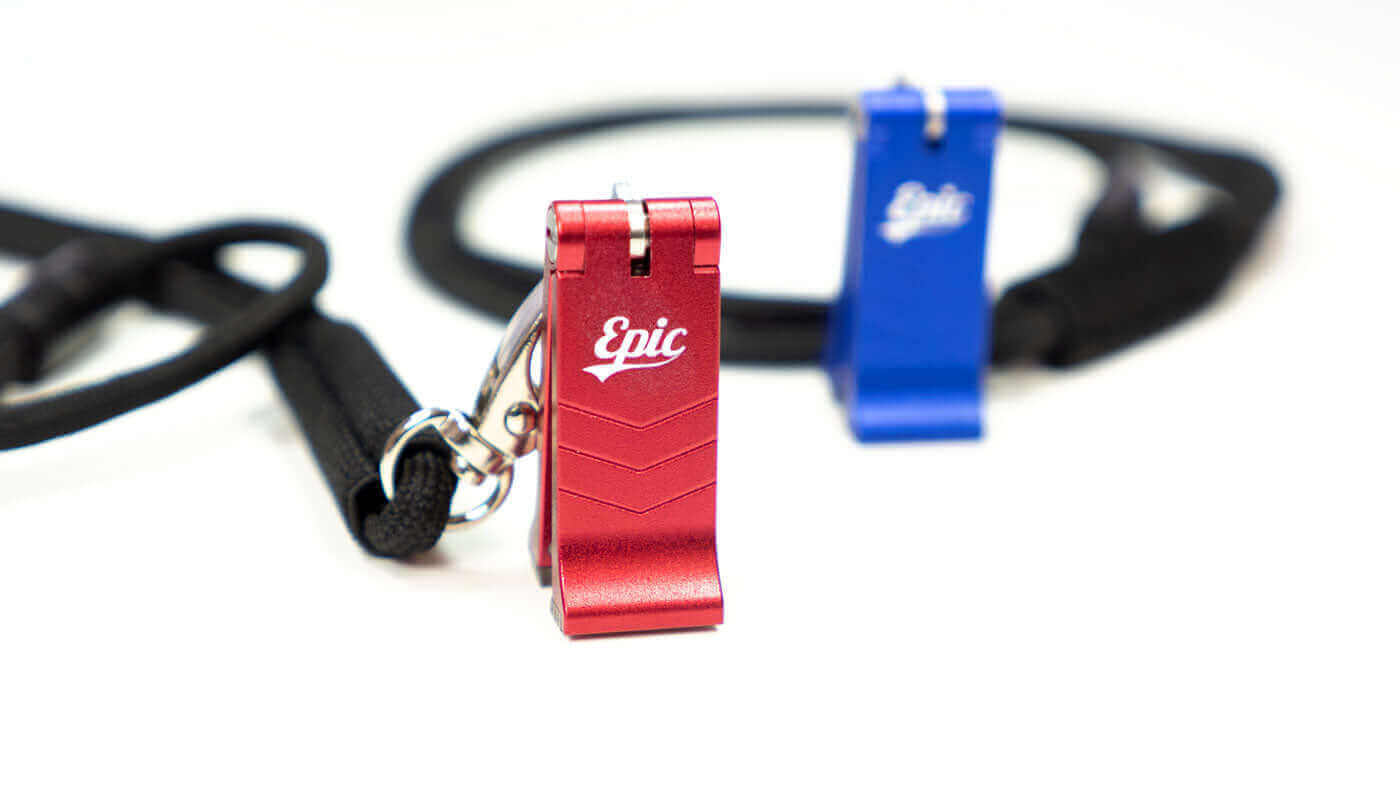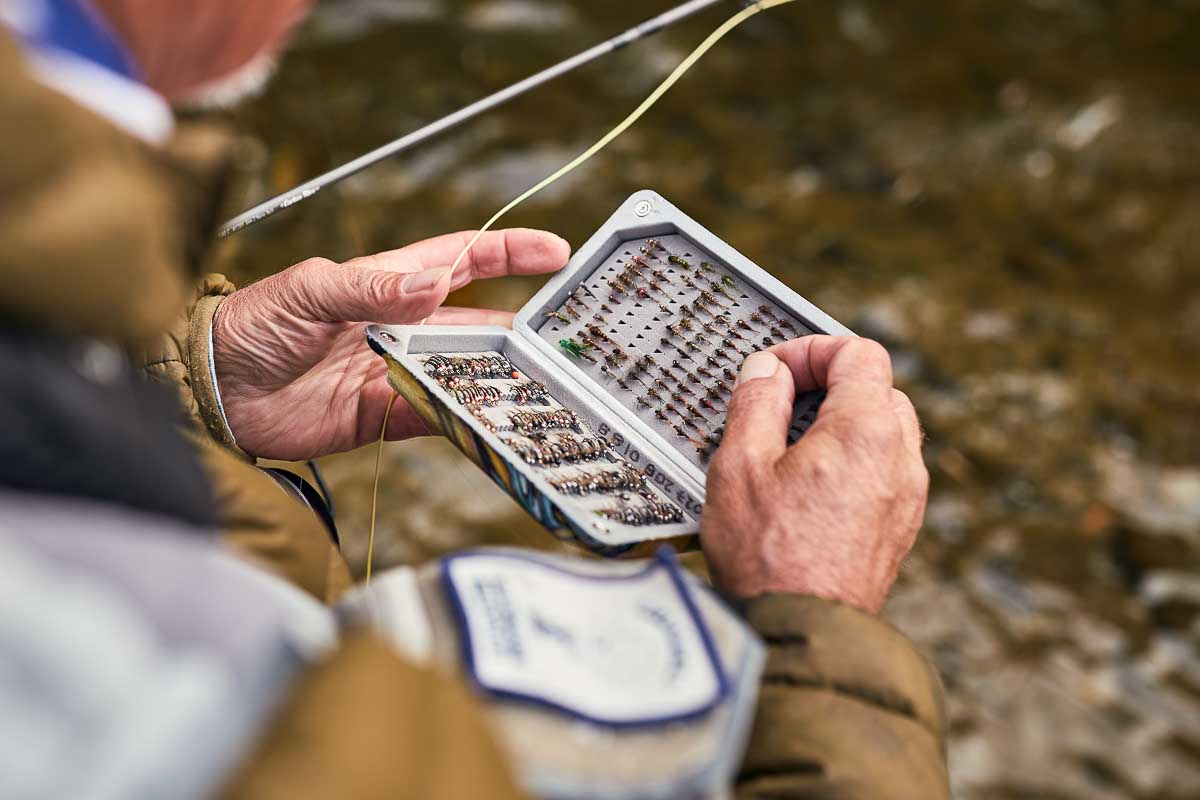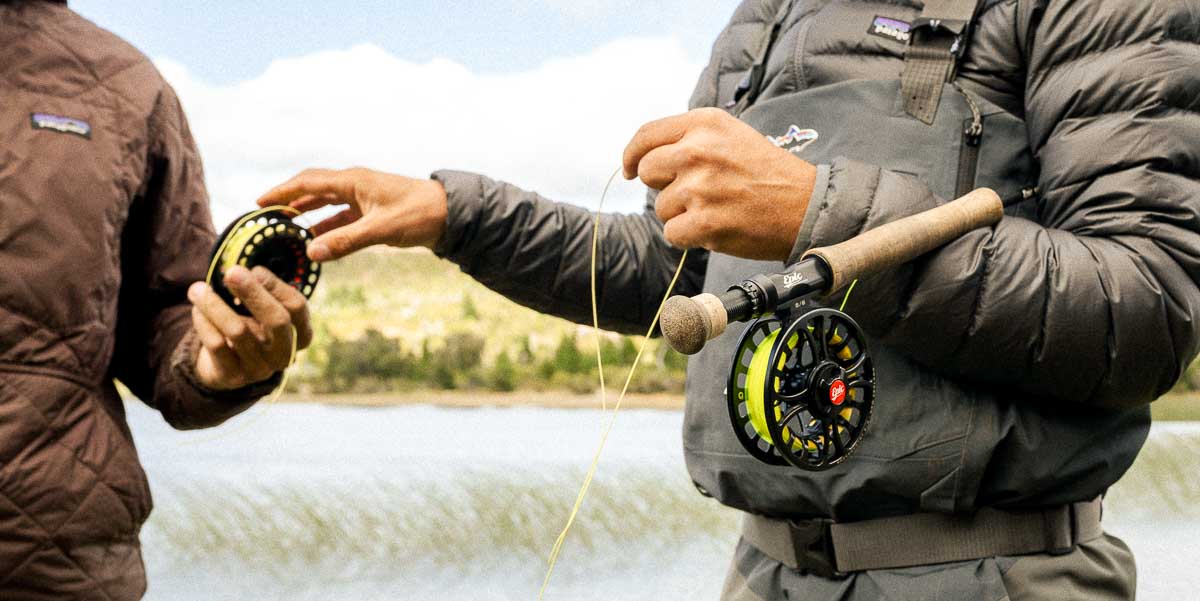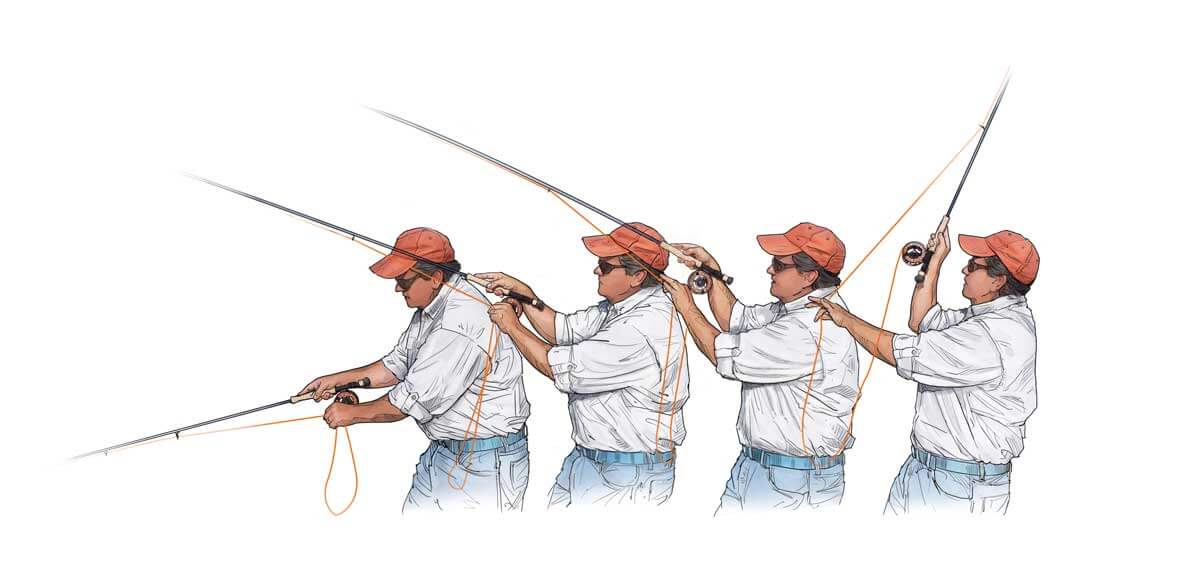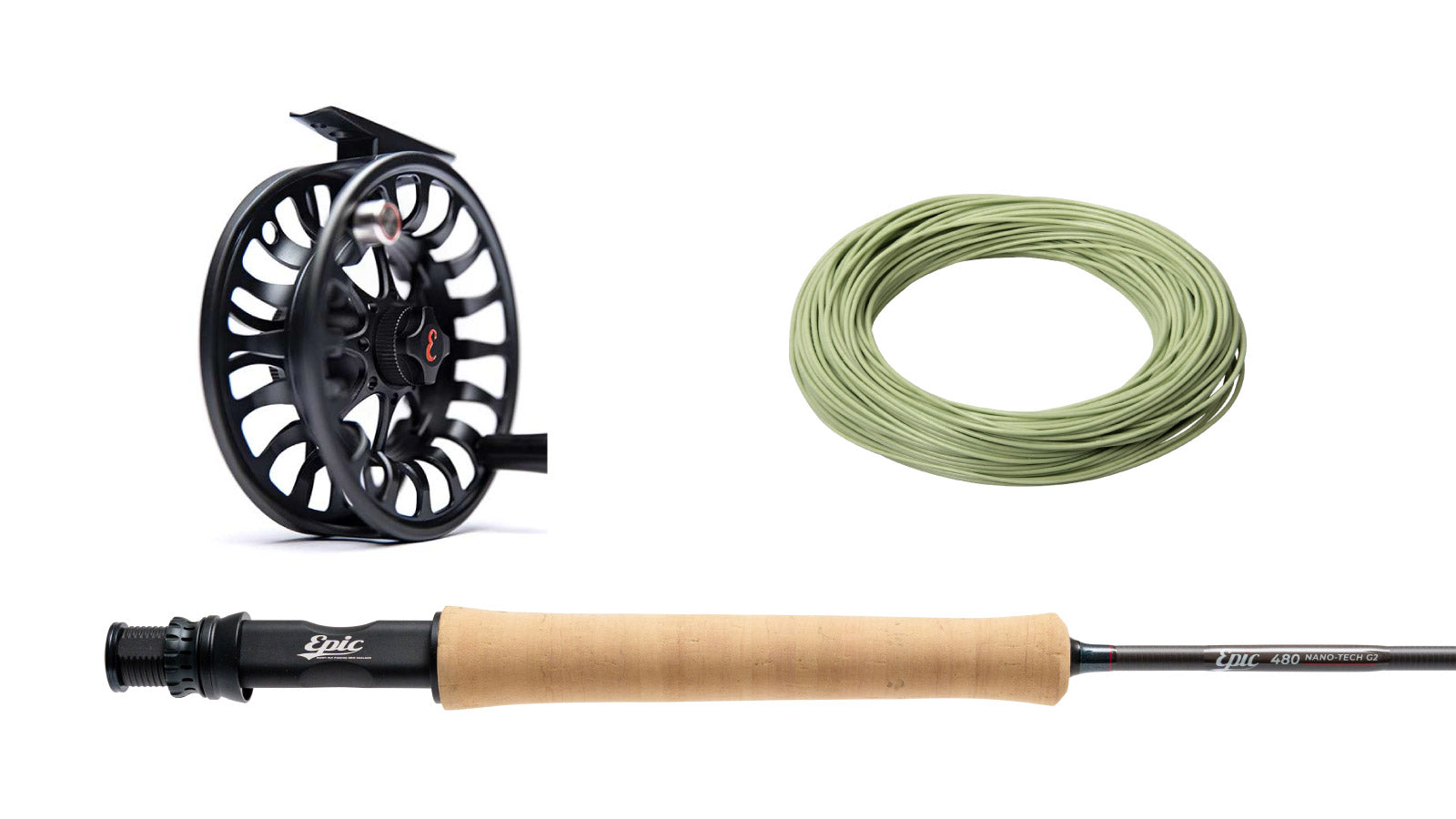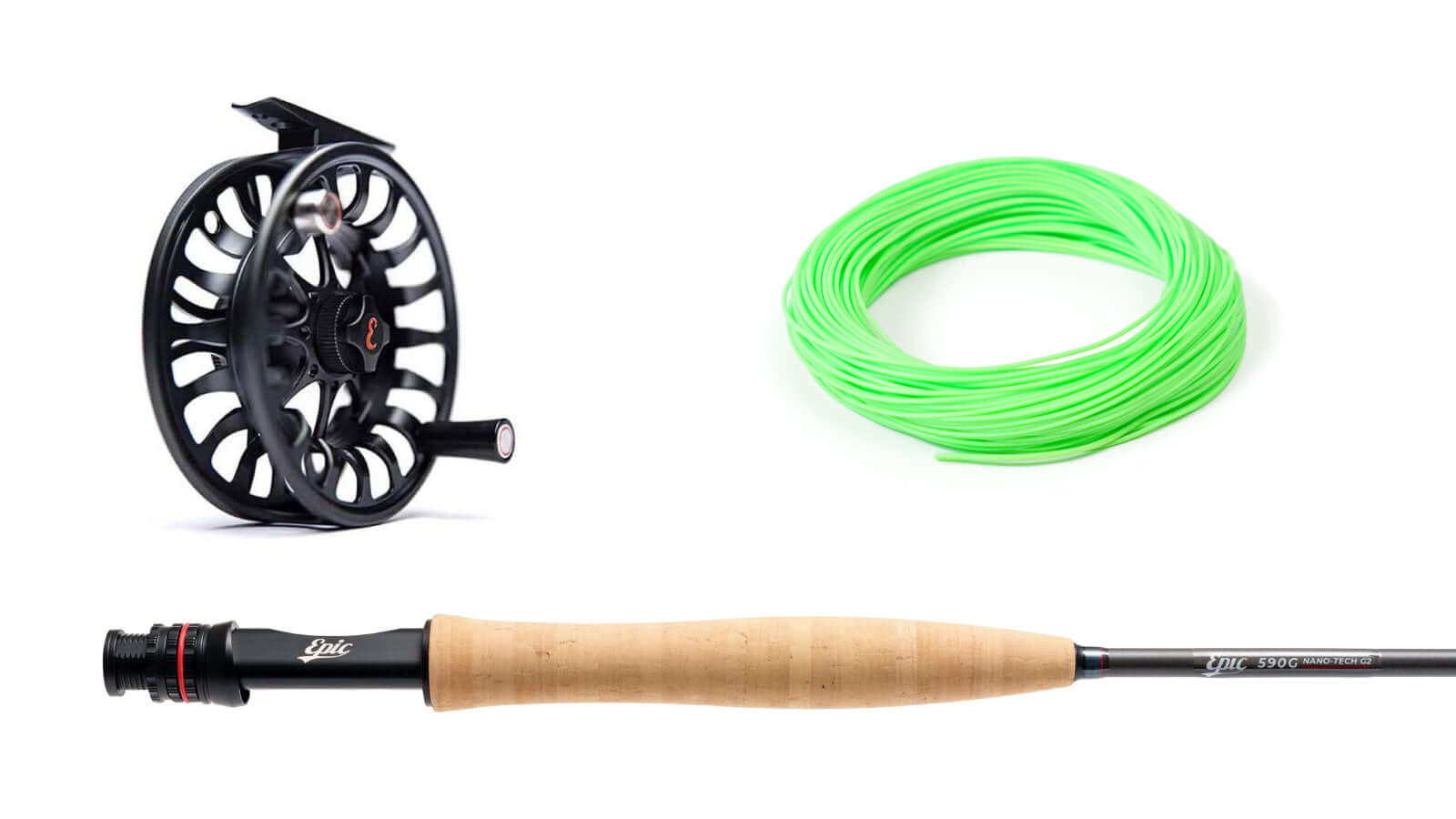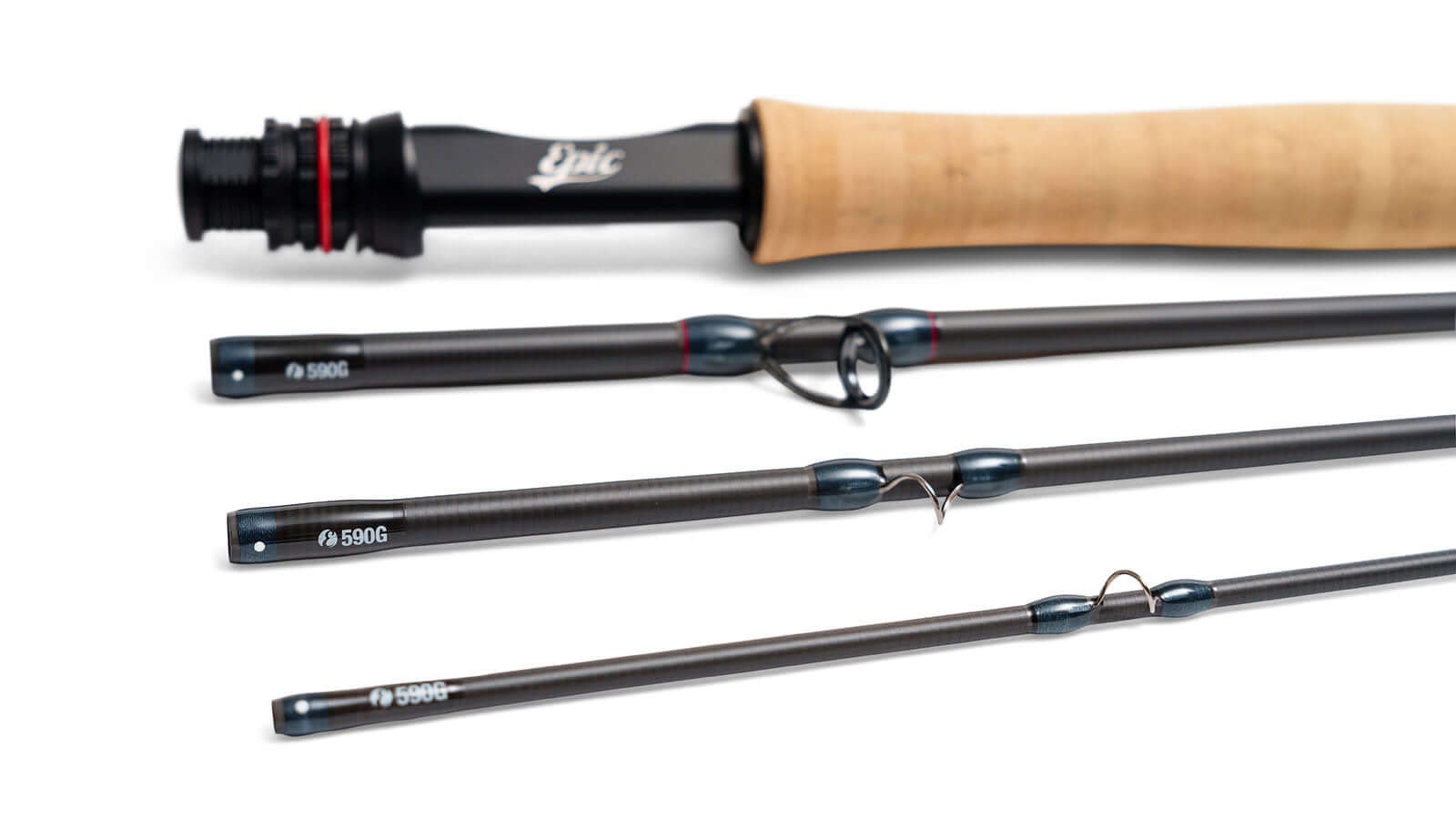Fly selection is more than just choosing a pattern that looks pretty—it involves observing the conditions, understanding fish behaviour, and making strategic adjustments on the water. Let's look at some proven approaches that will help you bring more fish to the net and put a bend in your fly rod.
1. (REALLY) Match the Hatch

2. Select the Right Fly for the Water Flow
Fish react differently based on the interplay of current speed and fly drift. In fast currents, the added energy of the water lets you get away with a larger fly that commands attention. But in slower flows, the fish have more time and better water clarity to scrutinise your flies, and even the smallest unnatural drift can spook them. Focus on perfecting your dead-drift technique or consider a slightly weighted fly that will sit in the feeding lane longer without darting downstream too quickly.
3. Fine-Tuning Fly Size
Many anglers will switch patterns if a fly isn’t working, when what is actually needed is a size adjustment. In clearer water, even a small reduction in fly size signals something more natural, especially if fish are pressured. Conversely, in murky water, a slight upsize—keeping the same profile—can trigger a reaction by improving visibility without overdoing it. Experiment with subtle shifts in fly dimensions before abandoning a fly that matches the hatch.

4. Reading Water Structure & Getting Your Fly Where it Needs to be
Knowing where to place your fly is as critical as knowing which one to choose. For instance, submerged rocks or pockets behind boulders provide breaks in fast water where fish will feed. As fish will position himself strategically in these pockets, choose a fly that will either draw him out or meet him where he's at. At the right time of year a large terrestrial pattern will bring a fish out from the depths. Alternatively, a weighted nymph presented with a long drift will meet the fish at their level in the water column.
5. Adapt to the Season & Light Conditions
Fish behaviour shifts not just seasonally but also with daily light changes. During early morning or overcast conditions, darker flies often outperform, as they provide a clear silhouette against the water’s surface. As the day brightens, consider lighter colours that blend naturally. As autumn shifts to winter and insect activity slows down, switch to small, sparse midges and simple patterns without flash. Fish tend to respond better to subtle presentations in the colder months.

6. Experiment with Profile and Movement
When fish are selective, a slight change in profile—like a slimmer body or less hackle—can make all the difference. Don't forget to pair your small flies with light, supple tippet to ensure your fly looks natural and sinks well. Adjusting your retrieve can also play a key role; sometimes, less is more—small, sparse twitches can be more effective than rapid, aggressive movements.
7. Watch, Learn, & Adapt
Resist the urge to select a fly based on the take you'd prefer.
Yes, everyone loves a splashy surface take, but our own proclivities won’t change where or what fish are eating!
Every choice you make on the water should be guided by what the fish and the environment are telling you. If a fly works, remember the conditions for next time. But when the fish are turning up their noses at even your best patterns, take a step back and re-assess—are there micro-hatches, subtle changes in light, or different feeding behaviours you’ve overlooked? Staying flexible and observant is what sets the pros apart.
The next time you open your fly box, consider each of these factors, experiment, and let the water reveal its secrets.



